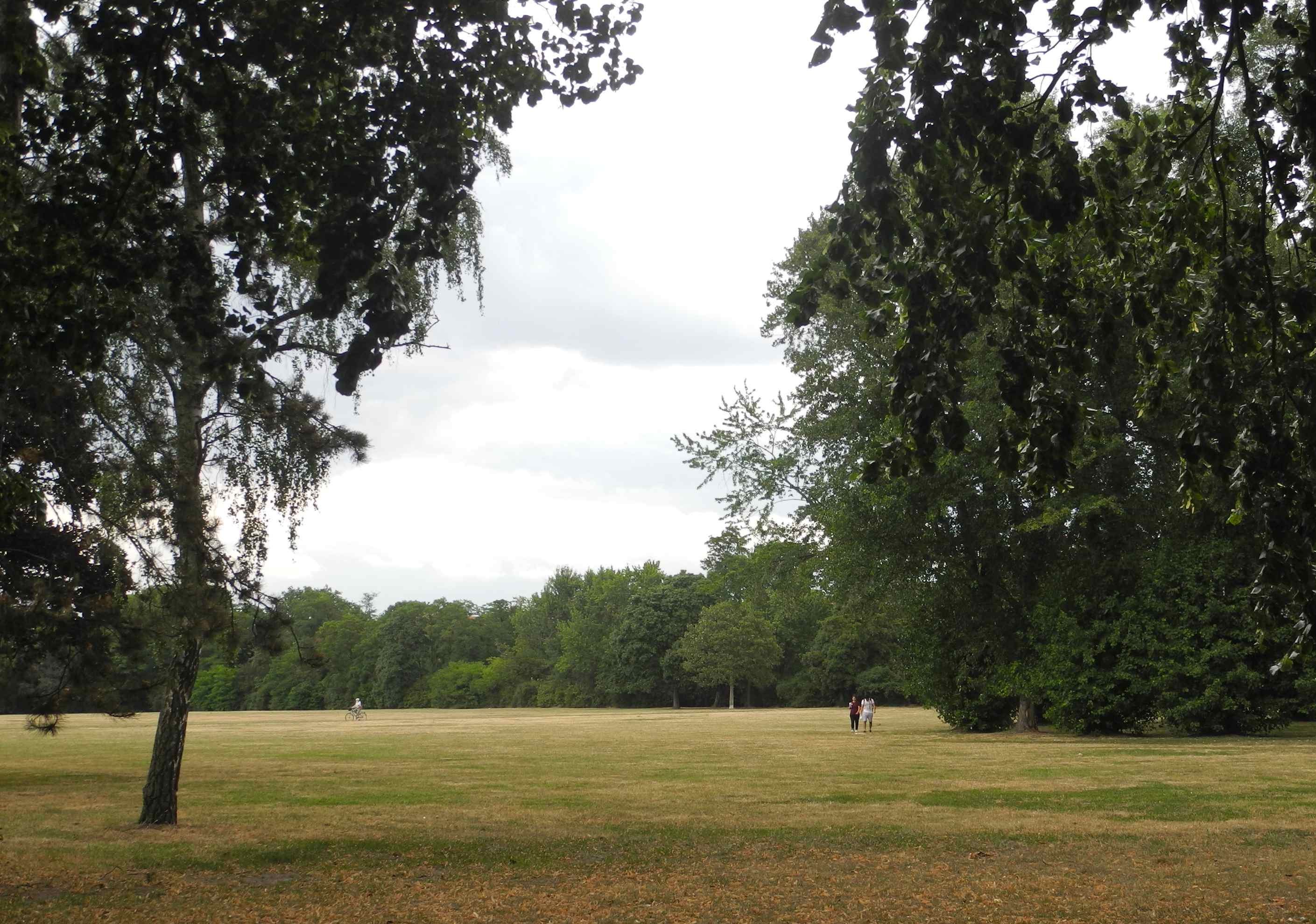KoopLab
Participation through Cooperative Open Space Development -
Collaborating to Develop “Arrival Neighborhoods”
UFZ team:
KoopLab is part of UFZ`s Integrated Project:
IP Urban Transformations / Work Package: Urban Land Use, Urban Ecosystem Services
Lead partner:
Project website:
Project partners:
- Research Institute for Regional and Urban Development ILS, Dortmund
- ANNALINDE gGmbH (Urban Agriculture non-profit limited company), Leipzig
- Plan zwei . Stadtplanung und Architektur GbR (urban planning and architecture company), Hannover
- Planerladen e.V. - Association for the Promotion of Democratic Town Planning and Area-Based Community Work (registered association), Dortmund
- City of Dortmund , coordination "nordwärts" project
- Internationale StadtteilGärten Hannover e.V. , International Neighbourhood Gardens Association
- Office for Open Space and Quarter Projects
- City of Leipzig , Office of Green Space and Waters
- J.E. Schmitt GbR (real estate company), Dortmund
Financed by:
Federal Ministry of Education and Research
Duration:
01/2018 - 09/2021
Research objectives
The accelerated social and ethnic heterogenisation of the German society has brought up specific challenges for a sustainable development of settlement structures and open spaces for the social and spatial integration of immigrants, especially recently arrived refugees. Up to present, there is a lack of knowledge on the conditions enabling integration and social cohesion as well as on factors which may decrease socio-ecological inequalities at the neighbourhood scale. Which actors and interests have to be involved, and how to cope with potential and appearing conflicts? Such knowledge is decisive and urgently needed by municipalities. An important application field is the upgrading and shaping of open spaces as places for encounter, leisure and recreation.
Set against this background, the project aims at setting up real-world labs for a cooperative development of open spaces in the cities of Hannover, Leipzig and Dortmund. Real-world labs are, on the one hand, places in which a cooperative design will be implemented. They are, on the other hand, spaces of encounter, communication and negotiation for the municipal, civic society and housing market actors involved. In these labs, existing activities should be enhanced and new ideas being tested. The focus is on different groups of inhabitants including long-term and recently arrived residents and their specific wants and needs. The labs should build a ground for learning processes concerning how to cope with temporary, target-group oriented and cooperative urban planning.
During the process, an assessment of the potential of open spaces for social integration and relationships among the local population as well as the socio-ecological upgrading of neighbourhoods will take place. It is the aim of the project to investigate conditions under which the participation of different social and ethnic groups in the development and use of open spaces in arrival neighbourhoods may succeed. The influence of contextual factors at the neighbourhood and city level will be scientifically analysed. In doing so, both factors supporting and hindering a cooperative open space development will be identified. A transfer of results to mentored municipalities is envisaged.
For further information on the project activities, please visit https://dortmund-nordwaerts.de/portfolio-item/kooplab/

Podcast on Leipzig's Mariannenpark
During the summer months 2021 two podcast editions in German language about the Mariannenpark have been recorded as final result of the Leipzig case study.
The Leipzig team members Karoline Weber and Lea Brinkmann have been meeting local residents in order to get to know their stories around the historically interesting Mariannenpark. Additionally, they interviewed scientists about their park-related research and current challenges of green space development. In close collaboration with Leipzig-based Sphere Radio the recordings were used to create two podcasts editions. Thank you to all those, who have been contributing with their stories, insights and voices. We hope you enjoy listening!
Concept/Speakers: Karoline Weber, Lea Brinkmann; Sound/Editing: Amir Shokati
Edition 1: Stories about Mariannenpark (in German)
Edition 2: The Mariannenpark today (in German)
Case Studies
Leipzig has faced dynamic changes of shrinkage and regrowth within the last 25 years. The arrival neighbourhoods are developing since the 1990s only and are characterised by a juxtaposition of concentration of poverty, the arrival of new residents and incipient upgrading. As a result, housing costs and the pressure on green and open spaces are increasing, including in the district Leipzig's Inner East and also Schönefeld.
On the northern edge of the "Garden City" Hannover lies the arrival neighborhood Sahlkamp. Some residents here already have experience with collaborative open space development thanks to existing local garden projects.
Dortmund's Nordstadt is a historic arrival neighborhood, where one third of all new Dortmund residents still find their first apartment. In light of the high residential density, green areas and open spaces are of particular importance here.
